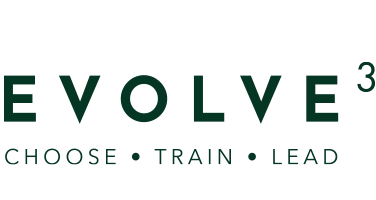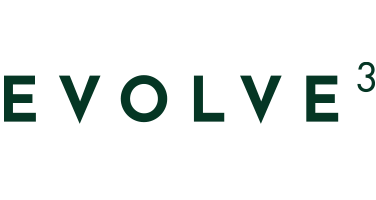
20 Feb Best sellers auditing – how to make sure they’re profitable
Is your food menu delivering enough profit? Conducting a best sellers audit on your menu can help identify food cost issues and optimise it for maximum profitability. So, if you’re struggling to work out why your menu isn’t delivering the profit you expect, and you’re not sure where to start, try this.
The first step in conducting a best sellers audit is to analyse your food sales data. This can be done by examining the food sales of your venue for a given period, such as a week, month, or quarter. Generate 2 reports from your point of sale (POS) system. The first report listing best sellers by total revenue generated highest to lowest, the second report listing best sellers by total volume sold, highest to lowest. Overlay both reports to identify any menu items that appear in the top 5 best sellers on both lists. Any dishes that appear at the top in both lists are your priority to audit.
This is where the 80/20 principal kicks in – focus your auditing attention where it will give you the best return. If you can improve the profitability and efficiency of production of the dishes that generate the most revenue and that you handle most, this is often all that’s needed to re-establish profitability.
The next step is to calculate the food cost for each best seller. Work out the cost of the ingredients used in each dish. Then divide the food cost by the menu price x 100. This will give you the food cost percentage for each item. *Don’t forget to divide the menu price by 1.1 to remove the GST before you do this calculation.
Once an accurate food cost percentage has been calculated, compare it to your budget food cost percentage. This percentage varies depending on the type of establishment and the menu items, but it is generally between 25% and 35%.
The next step is to identify any best sellers that have a high food cost percentage. If you can adjust the margin back into your target range, this might be all you have to do to re-establish acceptable menu profitability. This can be done by finding cheaper ingredients, minimising wastage, or adjusting the portion sizes.
High volume best sellers should be efficient to produce to maximise their profitability. Otherwise, the wage cost connected to their production can cancel out what that dish generates in revenue. Can you eliminate a prep stage or an element of the dish without harming customer perception? Could you bulk prepare in batches rather than trying to do everything last minute during service times? There is often a compelling commercial advantage to outsourcing some of the production of menu items to external suppliers. See my blog post on conducting a Make or Buy analysis for further information.
In addition to identifying high food cost dishes, the best sellers audit can also help identify low-selling items that have a high food cost percentage. These dishes are costing you money without contributing profits. If you discover a dish has a high food cost percentage and low sales, it may be worth considering removing it from the menu altogether.
Key take-away: conducting regular best sellers audits on your menu is an efficient way to identify food cost issues and optimise your menu for maximum profitability. By analysing sales data, calculating food cost percentages and assessing production efficiency, you will quickly identify the dishes that are costing too much to produce. This leads to targeted management action to reduce both food costs and wage costs where it matters. Hello increased profits and a more successful venue overall. What would a 3 to 5% reduction in your kitchen costs add up to over a year?
Further reading:
For more detailed options for reducing food costs, read more here.
For more information on designing your menu, read more here.
For more information on assessing whether to make or buy, read more here.



